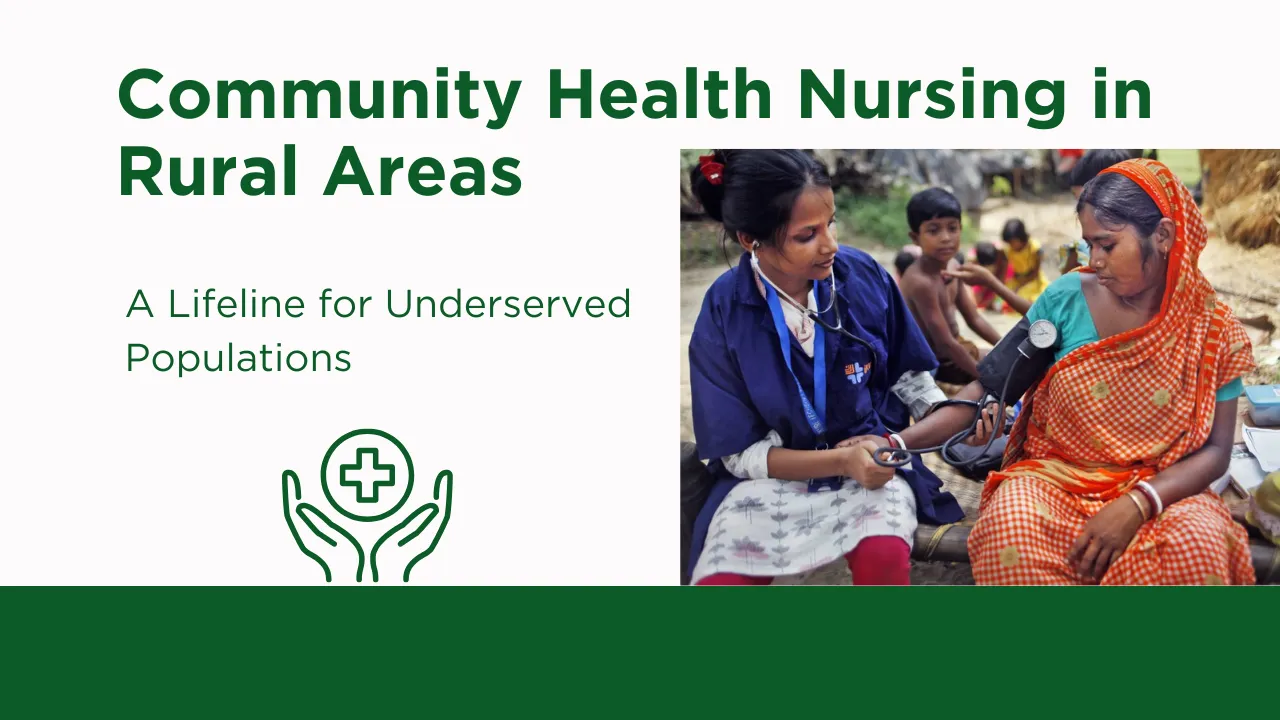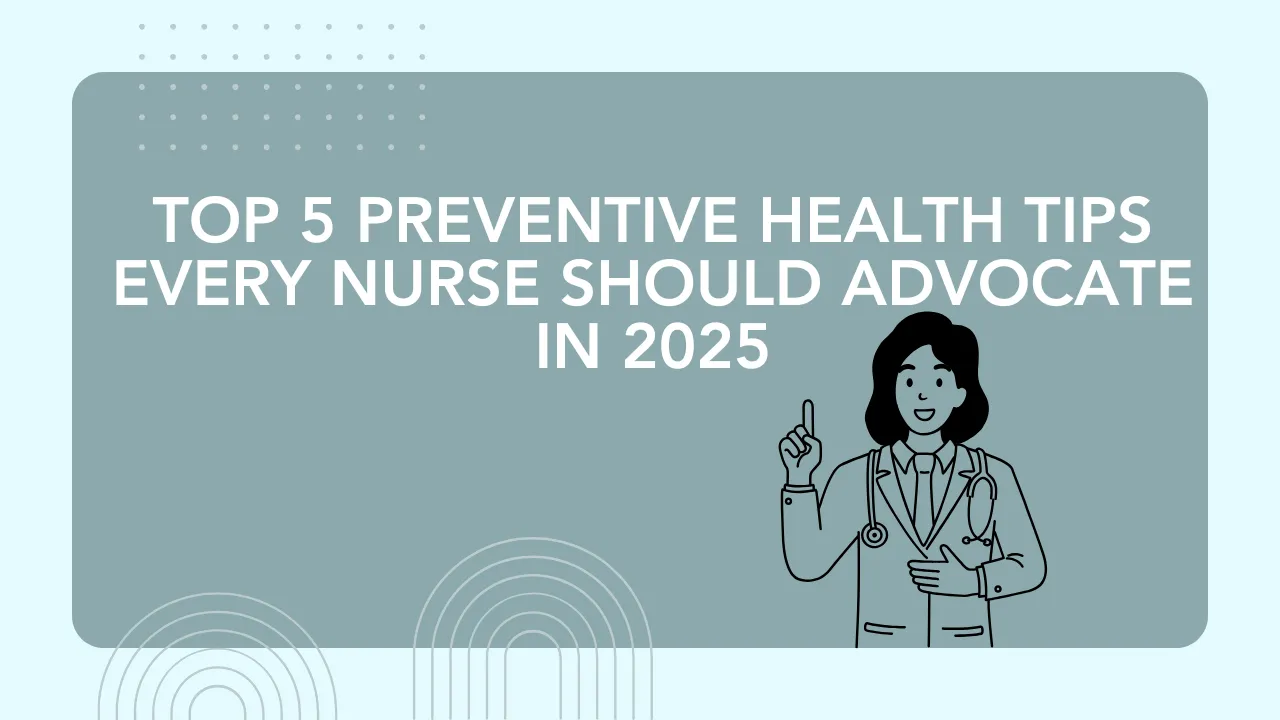Community Health Nursing in Rural Areas: In the heartlands of India and other developing regions, rural communities often face immense healthcare challenges due to limited infrastructure, difficult terrain, and a shortage of trained professionals. Amid these gaps, Community Health Nurses (CHNs) serve as a vital bridge, bringing essential healthcare services directly to the people who need them most.
Far beyond simple caregiving, CHNs are educators, advocates, first responders, and the primary touchpoint for preventive and ongoing healthcare in rural areas. Their presence is not just beneficial—it is transformative.
Key Roles of Community Health Nurses in Rural Healthcare
1. Bridging Healthcare Gaps
Rural populations often live far from hospitals or clinics. CHNs conduct home visits, staff mobile health units, and work in community clinics to ensure that even the remotest households receive medical attention.
2. Health Promotion and Community Education
By conducting workshops and one-on-one counseling, CHNs educate communities on hygiene, sanitation, nutrition, and healthy lifestyle practices. These efforts improve health literacy and empower individuals to take charge of their well-being.
3. Disease Prevention and Chronic Illness Management
CHNs play a hands-on role in vaccination drives, routine health screenings, and managing conditions like diabetes, hypertension, and asthma. Their follow-up visits and health monitoring help prevent complications and reduce hospital admissions.
4. Maternal and Child Healthcare
In rural settings where maternal mortality remains a concern, CHNs provide prenatal checkups, postnatal support, safe delivery referrals, and newborn care. They also guide mothers on breastfeeding, nutrition, and immunization.
5. Public Health Surveillance
CHNs are frontline workers during disease outbreaks. Whether it’s monitoring dengue, tuberculosis, or COVID-19, they perform screenings, report cases, educate the public, and implement control measures.
6. Mental Health Support
With minimal access to psychologists or counselors in villages, CHNs are often the first to recognize signs of depression, anxiety, or trauma. They offer basic support and connect individuals to available resources.
7. Care Coordination and Referrals
Acting as liaisons between patients and healthcare systems, CHNs help individuals navigate bureaucracy, access government schemes, and get referred to secondary or tertiary care centers when needed.
8. Needs Assessment and Advocacy
CHNs conduct surveys, gather data, and assess the specific health needs of their communities. Their insights are essential for local healthcare planning and securing additional funding or support.
9. Emergency Response
During floods, droughts, or epidemics, CHNs are often among the first to mobilize. They provide first aid, organize relief efforts, and help rebuild basic health services in crisis-affected areas.
10. Building Community Trust
Often coming from the same cultural or regional background, CHNs develop strong relationships with local families. This trust enhances the effectiveness of their interventions and encourages community participation in health initiatives.
Challenges Faced by CHNs in Rural Areas
While their role is indispensable, community health nurses face several systemic barriers:
- Limited availability of medicines, equipment, and transportation
- Geographical isolation and difficult terrain
- Professional burnout due to staff shortages
- Lack of access to specialist referrals
- Cultural sensitivities and language gaps
- Difficulty promoting health literacy and behavioral change
- Inadequate financial compensation and institutional support
Positive Impact of Community Health Nurses
Despite the challenges, CHNs continue to make a remarkable impact:
- Increased healthcare access in remote areas
- Improved maternal and child health indicators
- Higher vaccination and screening coverage
- Better disease awareness and preventive practices
- Greater involvement of local communities in health promotion
- Narrowing the rural-urban health disparity
Conclusion: Community Nurses as Pillars of Rural Healthcare
The presence of skilled and committed Community Health Nurses in rural areas is not a luxury—it’s a necessity. Their multifaceted role addresses the most urgent needs of underserved populations and strengthens the very foundation of public health.
To ensure their continued success, greater investment in training, infrastructure, incentives, and policy support is essential. With the right backing, CHNs can continue to uplift rural health systems and help realize the vision of equitable healthcare for all.














